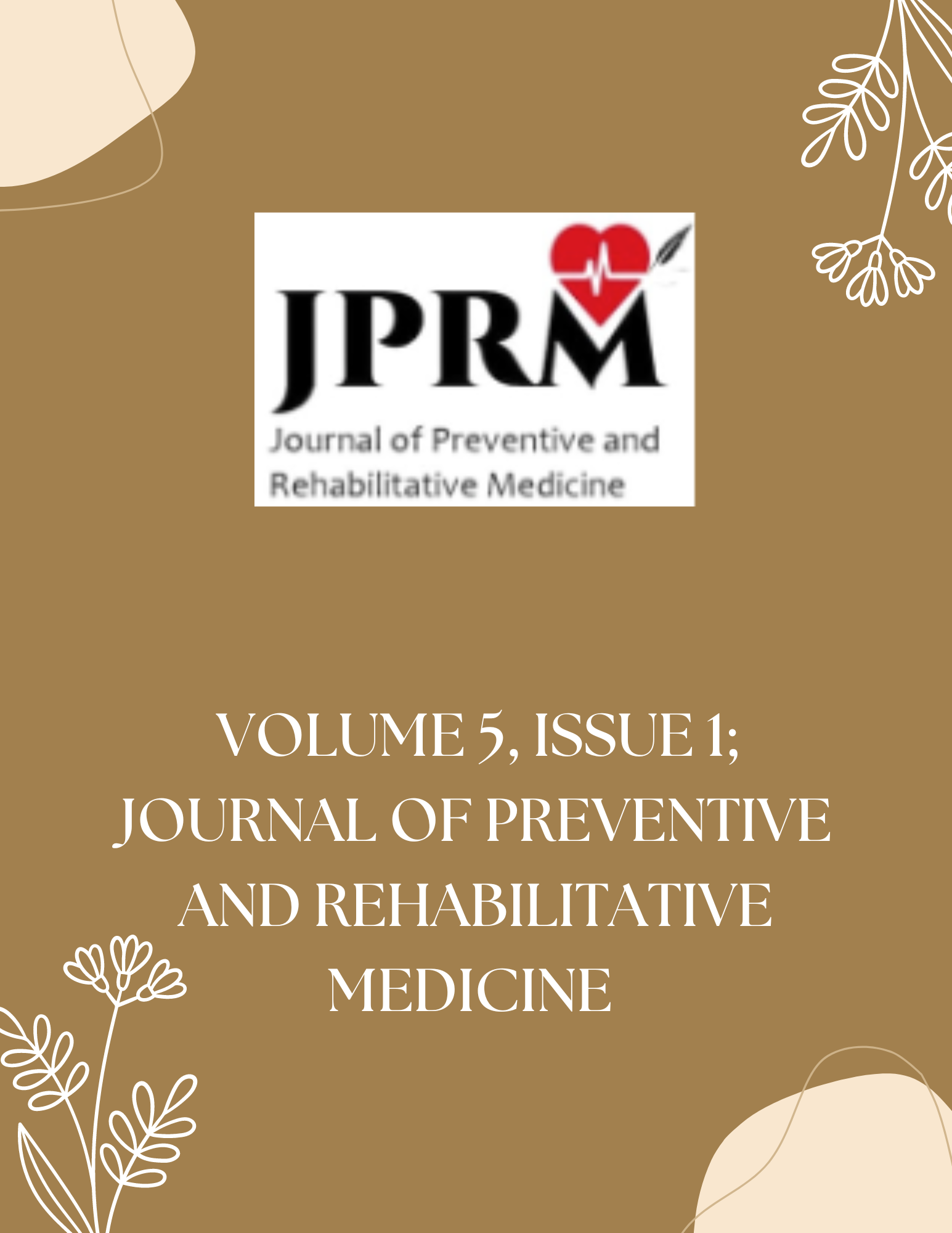Letter to the Editor: Making flood adaptation suitable for farming households
Abstract
Zambia's smallholder farmers largely maintain maize growing as their primary source of sustenance even though the yields tend to be extremely low. Maize production continues to be dominant as it is still seen as the best way for them to sustain their livelihoods despite having limited access to external resources. As smallholder maize production is rain-fed, it carries a high risk of being affected by climate change. Climate risk for smallholder farmers is in form of droughts, high temperatures and excessive rainfall which results in floods. The floods being experienced in most parts of the country during the 2022/2023 agricultural season have brought to the fore the importance of adopting climate resilient and sustainable agricultural practices. Despite the heightened social media buzz, the recent flooding is not new. It is part of wider increased climate variability, noted for its severity and higher frequency. Climate change has resulted in flooding in many regions [3], and impacted many sectors. In Sub-Saharan Africa (SSA), the most impacted sector is the smallholder agricultural sector. The impacts of climate change and its related events on food production and food security threaten SSA, a region which has a long history of poverty and food insecurityAll authors who submit their paper for publication will abide by following provisions of the copyright transfer: 1. The copyright of the paper rests with the authors. And they are transferring the copyright to publish the article and used the article for indexing and storing for public use with due reference to published matter in the name of concerned authors. 2. The authors reserve all proprietary rights such as patent rights and the right to use all or part of the article in future works of their own such as lectures, press releases, and reviews of textbooks. 3. In the case of republication of the whole, part, or parts thereof, in periodicals or reprint publications by a third party, written permission must be obtained from the Managing Editor of JPRM. 4. The authors declare that the material being presented by them in this paper is their original work, and does not contain or include material taken from other copyrighted sources. Wherever such material has been included, it has been clearly indented or/and identified by quotation marks and due and proper acknowledgements given by citing the source at appropriate places. 5. The paper, the final version of which they submit, is not substantially the same as any that they had already published elsewhere. 6. They declare that they have not sent the paper or any paper substantially the same as the submitted one, for publication anywhere else. 7. Furthermore, the author may only post his/her version provided acknowledgement is given to the original source of publication in this journal and a link is inserted wherever published. 8. All contents, Parts, written matters, publications are under copyright act taken by JPRM. 9. Published articles will be available for use by scholars and researchers. 10. IJPRM is not responsible in any type of claim on publication in our Journal. .

